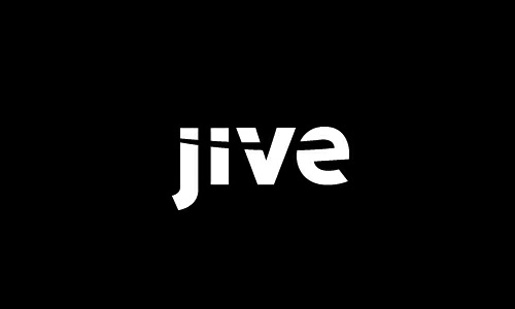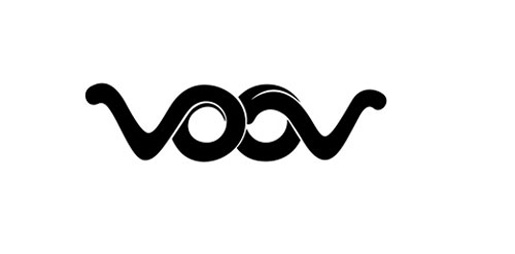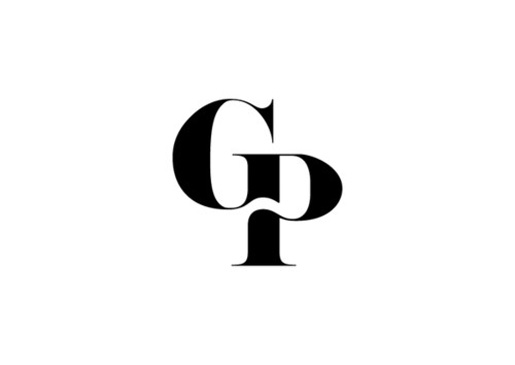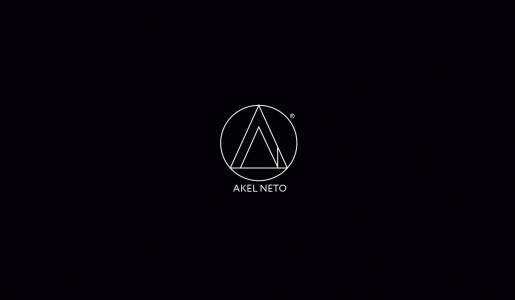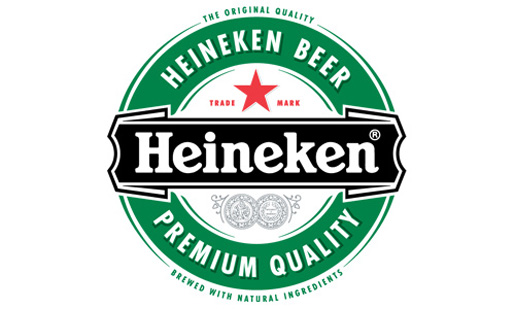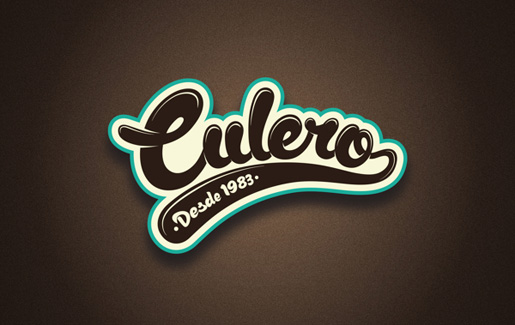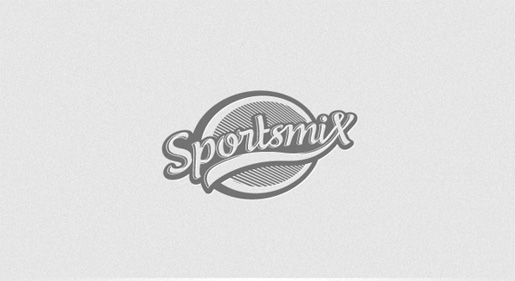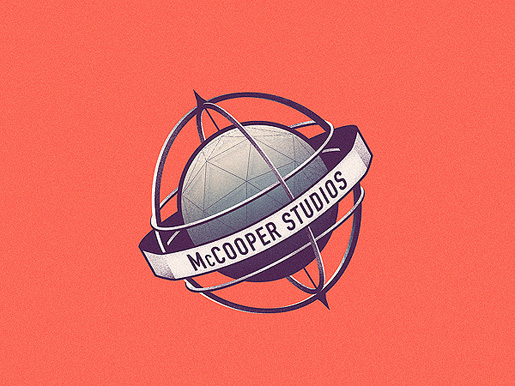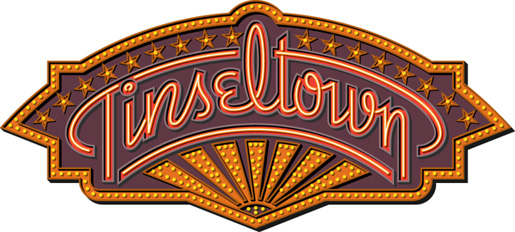Every single business across the web and the world should have a logo, because it represents your company’s identity — a critical branding element. You want people to know what kind of company you are in a single glance across your logo. For anybody that’s had to design a logo before, this can be one of the biggest challenges we face. It’s hard to cram a bunch of design concepts into such a small package!
This is why it can be difficult to know when to stop — that balance between doing too much and too little to a logo design. How do you know when you’ve “got it” and can step back? And, you need to answer that question regardless of which side of the fence you are on — either as a client who ordered the logo or as the designer who created it.
KISS
The main principle to keep in mind is that your logo should convey the message you want it to. You need to make sure that there’s nothing in the logo design that prevents it from working properly. As a matter of fact, the whole idea boils down to the well-known KISS principle (“Keep It Simple, Stupid”), but I’ll go the extra mile and give you some examples (see below) to really understand what I mean, so that you can confidently use it in your everyday practice. Generally speaking, if you can remove an element and still communicate the message, you shouldremove that element.
Here are some amazing logos that clearly follow the KISS principle:
Complexity and Sizing
For starters, make sure that your logo looks great in any size, because as a business, you’ll have to put your logo on all sorts of items. If your logo is not recognizable when it’s too zoomed-in or zoomed-out, you got a problem.
Consider the famous Nike logo. What is the minimum or maximum size that you can use it in? Hard to say? Exactly! You can play with its sizing to your heart’s content, and I personally can’t find a size in which the Nike logo would be unusable. If it’s visible, at any size, it’s performing well. That’s exactly what you should strive for.
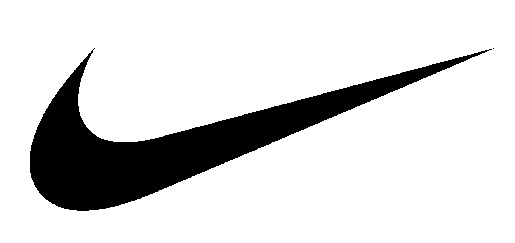
Having a logo with such features ensures that you can print it in any size and on any material, whether for business card or brochure printing, websites or t-shirts. You don’t want your logo to look like a jumbled mess of drawings, and a complex design may take on this jumped appearance and lose detail for certain mediums and purposes.
Also, keep your company name and icon separate, because you can over-complicate your logo and make your company name hard to read. While working on your logo, think about Nike, McDonald’s, and Apple. Super simple, very recognizable, and easy to see.


Color: Start Without It
Lots of expert designers prefer working in black and white first. Only after having confirmed that the customer likes the overall design idea, they add color to it. This process can save you a lot of time and heartache. Color is very subjective, as it can have different meanings in different cultures, and that’s why it may influence your general impression of your logo.
Further, if you recall most major brands, their logos look fine on virtually any surface and in literally any color. But this is no coincidence. The designer created the logo in black and white first before adding the color, which is why the logo works in any color. First go for the overall composition and then tackle the rest.
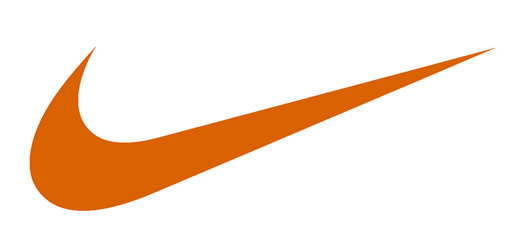
So, Is it Done?
How do you know you’ve hit that point where you have the critical components, but not too much? Well, that’s going to be a bit subjective, so subjective, in fact, that this may not be the best decision for you to make as the designer.
When you think you’ve found that particular point where you’ve “got it,” that’s when you should get other designers involved. Upload your logo to a site like LogoPond.com or BrandsOfTheWorld.com and get some feedback from other designers.
This is a secret weapon of many designers that has worked over and over and over. Getting feedback, specifically from design professionals, can help push the design over the top in terms of balancing minimalism and connecting abstract concepts.
Then, and only after you have some solid feedback, send the design to the client with a well-reasoned argument for why it’s ready to go. 90% of the time they agree and are thrilled with the work. Sometimes they have small tweaks or other color variations they want, but that’s usually it.
Complex Designs
Every now and again, I get a call to handle a complex logo design idea, such as a crest logo. Most of the rules above still apply, but of course the end result will be slightly more complicated than a simple logo. Make sure that complex logos are still readable at large and small sizes, that any fonts are still readable in different sizes, and that the design is still functional in black and white. You may have to include a few more graphics and some text, but you will need to still stick with the rule of keeping it as simple as possible. And don’t forget to let other designers review it before sending to the client.
Here are a few extremely well-done complex designs:
Conclusion
So, when is your logo finished? The key is to know when to stop, step back, and get feedback. Then you incorporate the feedback — if necessary — and, finally, send the design to your client. It’s not always easy to know when you’ve “got it,” but starting with a simple framework of minimalism will help you start and stop at as close to the right time as possible.
Frequently Asked Questions (FAQs) about Logo Design
What are the key elements to consider when designing a logo?
When designing a logo, it’s crucial to consider the brand identity, target audience, and the message you want to convey. The logo should be simple yet memorable, versatile to work across various mediums, and timeless to withstand changes in trends. It should also be appropriate for your business and industry.
How can I ensure my logo is unique and stands out?
To ensure your logo is unique and stands out, it’s important to research your competitors and understand what’s already out there. Try to avoid cliches and aim for a design that is original and distinctive. Using a unique color scheme, typography, or design element can help your logo stand out.
How important is color in logo design?
Color plays a significant role in logo design as it can evoke emotions and convey a brand’s personality. Different colors can have different meanings, so it’s important to choose colors that align with your brand’s values and message. However, your logo should also work well in black and white.
What is the role of typography in logo design?
Typography can greatly influence the overall look and feel of a logo. It can convey a brand’s personality and set the tone for communication. Whether you choose a serif, sans-serif, script, or custom font, it should be legible and complement the other elements of your logo.
How can I test the effectiveness of my logo?
You can test the effectiveness of your logo by getting feedback from your target audience. This can be done through surveys, focus groups, or social media polls. You can also test its versatility by seeing how it looks in different sizes and on various mediums.
How often should I update or redesign my logo?
There’s no set rule for when to update or redesign your logo. However, if your logo no longer reflects your brand’s identity or if it looks outdated compared to your competitors, it might be time for a refresh. It’s important to keep your logo relevant and appealing to your target audience.
Can I design a logo myself or should I hire a professional?
While there are many online tools and resources available for designing a logo, hiring a professional can be beneficial. A professional designer has the expertise and experience to create a logo that is unique, effective, and aligned with your brand’s identity. However, if you’re on a tight budget or just starting out, designing a logo yourself can be a viable option.
What are some common mistakes to avoid in logo design?
Some common mistakes to avoid in logo design include making it too complex, following trends too closely, using too many colors or fonts, and not considering how it will look in different sizes or mediums. It’s also important to avoid copying or being too similar to other logos.
How can I protect my logo from being copied?
You can protect your logo from being copied by registering it as a trademark. This gives you exclusive rights to use your logo and prevents others from using a similar design. It’s recommended to consult with a legal expert to understand the process and requirements for trademark registration.
What is the difference between a logo and a brand?
A logo is a visual representation of a brand, but it’s just one part of a brand. A brand encompasses all the elements that create the overall perception of a business in the minds of customers, including the logo, brand name, colors, typography, voice, and more. A logo helps to identify a brand, but it’s the brand that creates a connection and builds loyalty with customers.
Tara Hornor has a degree in English and has found her niche writing about marketing, advertising, branding, graphic design, and desktop publishing. She is a Senior Editor for Creative Content Experts, a company that specializes in guest blogging and building backlinks. In addition to her writing career, Tara also enjoys spending time with her husband and two children.

